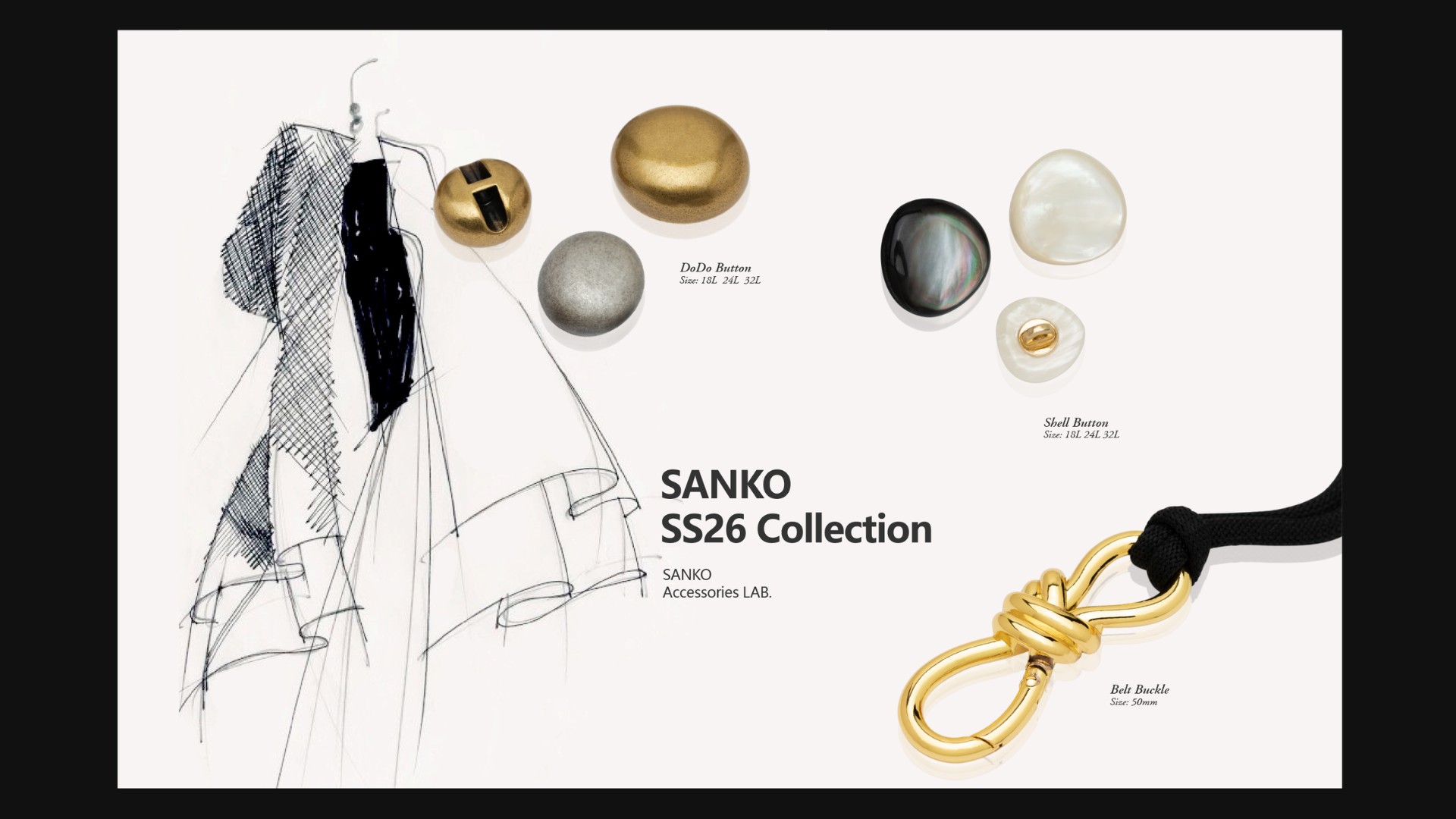You must have seen beautifully finished, and smooth metal trims at different instances. Have you ever thought about what makes them so appealing?
Metal trims might lose their appearance and durability with time, but that never means that you will have to discard them. You can refinish those using different methods of finishing.
There are six ways in which metal trims may be finished and appear new with a sparkling base finished to perfection.
Anodizing
The process of anodizing is a common one to finish the metal trims. Anodizing works by depositing a layer of aluminum oxide on the surface of metal trims.
This layer is a protective layer that covers the surface under the anodizing, and hence the metal trims stay intact and durable in the longer run.
When a metal trim is finished using the process of anodizing, it will give a totally new look offering a silver polished surface.
The surface is very smooth to touch with no bumps and you can have it either as a matte finish or bright finish. Adding dyed colors is also possible when it comes to anodizing metal trims.
Process of Anodizing
The process of anodizing is divided into a few steps that are very crucial to the entire process itself, and these may include the following:
- First, you will need to prepare the surface of the metal trim for anodizing and remove any dirt, dust or grease marks from the metal trims.
- Now comes the etching process; in this process, the fine lines or design patterns on the surface of the metal trims would be finished to give a more excellent look.
- The metal trims are then subjected to an electrolytic bath using aluminum oxide; a current is passed in the process, causing the aluminum oxide layer to deposit on the metal trim.
- Lastly, sealing is carried out where the protection against leakage is provided for the finished metal trim so that it does not rust or corrode.
Electrophoresis
Electrophoresis involves adding a coat of paint over the metal trims. This coating ends up finishing the metal trims and makes them better in appearance and long-lasting.
Electrophoresis allows a finish to the metal trims as if they are newly bought. It adds some shine and clean finish to the surface of the metal trim and edges of the trim are finest after this.
In this process, a protective coating is deposited on the metal trimming using the influence of the electric field.
Process of Electrophoresis
As the name suggests, electrophoresis is carried out by passing an electric current through the process. In this process, a solution having paint ions is used.
The metal trims to be finished dipped in the solution, and an electric current is passed through the container. The paint present in the solution will have positive and negative ions.
As the current flows, the ions of the paint deposit on the metal trims and lose or gain electrons; hence the coating of paint solidifies on the trims, which makes the metal trims finished very nicely.
This process is a prevalent one and causes an elegant and finished look to the metal trims, causing them an added finish and durability, and it coats the surface evenly.
Spraying Paint
One of the most affordable and quick methods to finish the metal trims is spraying paint on them. This can be done by everyone and does not require much input.
Spraying paint will add up a thin layer of coating to the old metal trims. Any stains, greasy finish would be removed and instead a cleaner finish would appear. You can use different colors of spray paint for differently dyed metal trims.
Process of Spraying Paint
The process of spraying paint is simple, and you have to follow these steps provided below:
- The first thing you will need to do is clean the surface of the metal trim that is to be painted. You can do that using a piece of clean cloth and after that don’t forget to scrub it.
- Scrubbing is an essential process and can be done using a fine scrubber. This way, you can remove all the remains of the uneven paint or finish on the metal trim, which allows achieving a smooth outcome of the metal trim.
- Now, use an excellent selecting primer; this will work wonders before spray painting because it would allow having a smooth and long-lasting layer of paint over your metal trim; after applying, leave it to set.
- Now cover the areas you don’t want to paint and start spraying the paint on the metal trim.
- Let the paint sit for a few hours, and you are done with the fresh and nicely done metal trims.
Vacuum Plating
Vacuum plating is when a layer of another material is deposited on the metal trim using a vacuum chamber.
Vacuum plating causes metal trims to have a layer of another metal over it, this layer is fine and smooth to touch. The appearance looks like a shiny deposit of metal on an old metal trim, offering a neat and finished look.
Process of Vacuum Plating
The process will involve the use of a vacuum chamber. A metal to be deposited is evaporated in this vacuum chamber, and after evaporation, it condenses on the metal trimming required to be finished.
The layer condensed on the metal trimming would be the actual coating that will act as a protective layer that would save the metal trimmings from all kinds of wear and tear.
Precious Metal Electroplating
Precious metals are rare and costly metals. These are commonly used in jewelry and bullion coins. Such metals don’t corrode quickly due to their long-lasting nature and plating quality over them.
Precious metal plating if done in gold, you will get a lustrous yellow surface with a slippery touch. In case of silver plating; a silver coat is applied with a smooth texture, platinum plating is also similar in feel to touch as of silver plating.
Types of Precious Metal Plating
There are mainly three types of precious metal done, and these may include the following:
- Gold Plating
Gold plating is one of the essential kinds that cause the jewelry pieces to come into being. Gold plating is considered one of the most suitable kinds of plating.
Gold plating amounts to be a very durable form that is corrosion-resistant, and even in extreme weather conditions, it doesn’t wear and tear.
It is highly durable and doesn’t get impacted by the heat, and gold is an excellent conductor of electricity.
2. Silver Plating
Silver-plating amounts are a requirement in our daily lives; although it is not as resistant to corrosion or rust as gold is, it is an affordable method for plating metals.
Due to its affordability, it is commonly used as a replacement for gold and platinum. It is used for jewelry; it may be used in the automobile sector, kitchen utensils and electronics.
Silver plating is one of the most popular forms of metal finishing worldwide.
3. Platinum Plating
Platinum is the rarest of all precious metals. Apart from being rare, it has several qualities that make it suitable for complex industrial uses.
Platinum-plated metal may be used in the automobile and aerospace industry due to its high melting points, good electricity conductance and long-lasting durability.
Process of Precious Metal Plating
The process of precious metal plating involves the following steps:
- Rinsing the metal trim to be electroplated is the first step of precious metal electroplating. It helps remove dirt or grease on the metal trim to be treated.
- In a setup of electrolysis, the precious metal ions are submerged. When electric current passes through the circuit, the ions of the precious metal deposit on the metal trimmings.
- Depending on the requirement, the precious metal to be deposited is immersed in the solution that may comprise gold, silver, or platinum.
Rubber Coating
Rubber coating may be chosen to cover the metal trimming in a protective layer. Rubber coating protects against the worst weather condition and avoids mechanical wear and tear.
Many people choose to rubber coat metals to make the appearance of metal having a look like rubber rather than a metal. Rubber is soft to touch and has an elasticity, the appearance would have that gray thick cover over your metal trim.
Process of Rubber Plating
The process of rubber plating will comprise of the following steps:
- To rubber coat a metal, the first thing to do is to clean the surface that is to be rubber-coated and remove all the uneven edges of the metal.
- Now take fine sandpaper and start rubbing it against the metal that is to be rubber coated to ensure a smooth surface.
- Rinse the metal using a mild detergent and water, then dry it thoroughly.
- Take the rubber plating liquid and dip the metal trimmings in this solution.
- Take out the metal trimming and let it rest at a flat surface so that it dries out and any excess liquid rubber is dripped and excluded from the metal trimming.
- If possible, try hanging the coated metal so that all the excessive rubber coating drips and ensures a smooth protective layer.
Barrel Plating:
Timeless Elegance and Superior Protection
When it comes to achieving a timeless and refined look for your metal trims, barrel plating is a technique that stands out. Through a meticulous process, the trims are placed in a rotating barrel along with specialized plating solutions. As the barrel rotates, the solution evenly coats the trims, resulting in a lustrous and enduring finish.
Key Benefits of Barrel Plating:
- Uniform Coverage: The rotating barrel ensures consistent and uniform plating on all surfaces of the trims, leaving no room for unevenness or imperfections.
- Enhanced Durability: The plating layer acts as a protective shield, safeguarding the trims against corrosion, tarnishing, and wear, even in demanding environments.
- Versatile Finish Options: Barrel plating offers a wide range of finish options, such as gold, silver, nickel, and more, allowing you to achieve the exact aesthetic you desire.
With barrel plating, your trims will exude an air of sophistication and timeless elegance, making them the focal point of any space or product. Elevate your trims to new heights of beauty, durability, and customer satisfaction with this exceptional finishing technique.
Conclusion
The different ways through which a coating of metal trims may be done to finish them have been discussed above; you would have seen that these are pretty easy and suitable options.
Whether you need to finish a precious metal or the usual one, you can do that using any above-suggested methods. The best part is that these techniques help offer a protective layer on metal finishing.
The lifespan of these metal trims may also be enhanced using these techniques, and these ways are commonly used nowadays to offer suitable coverage against the wear and tear of metal trims.







